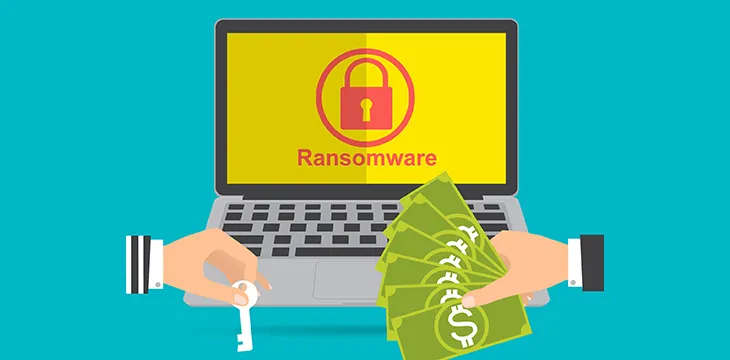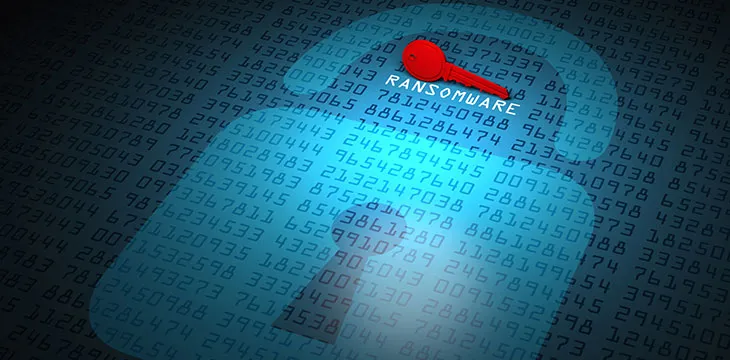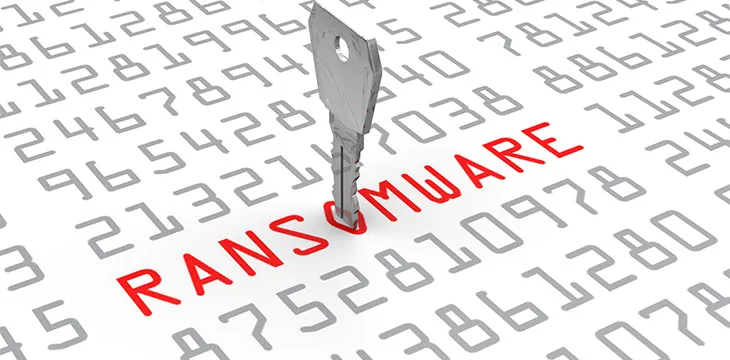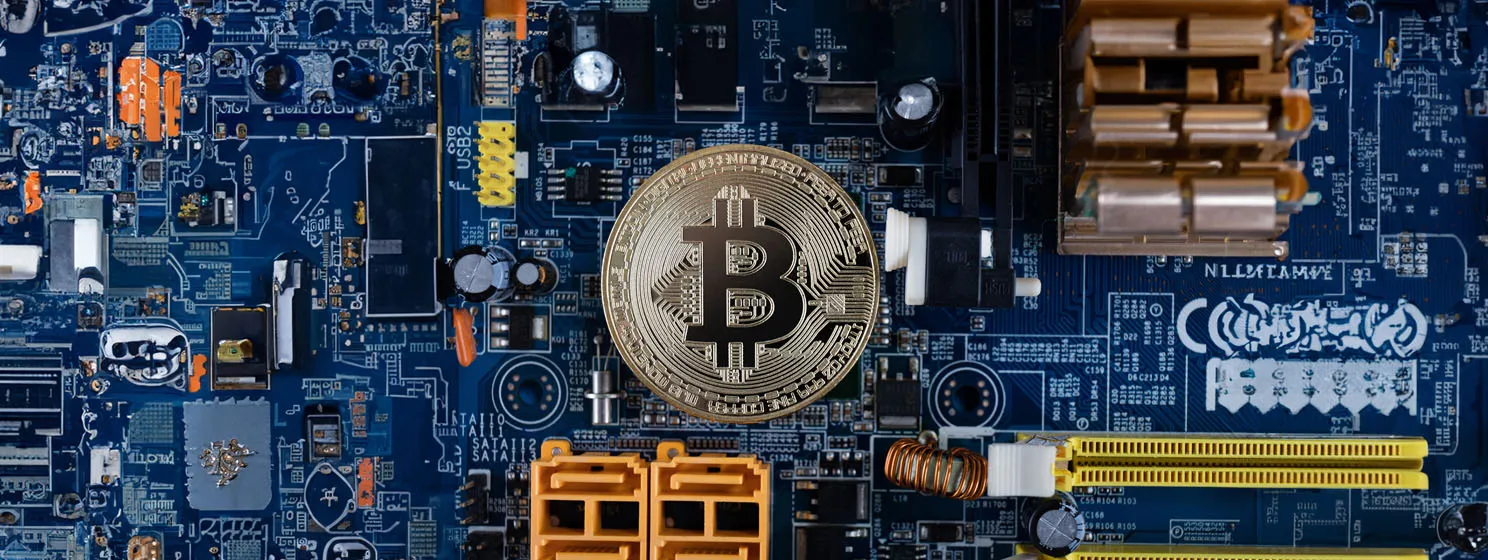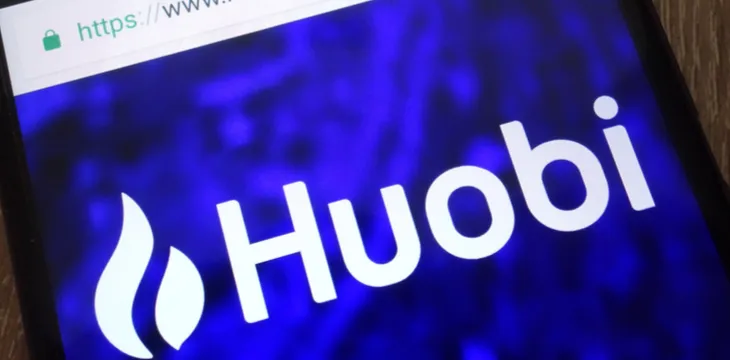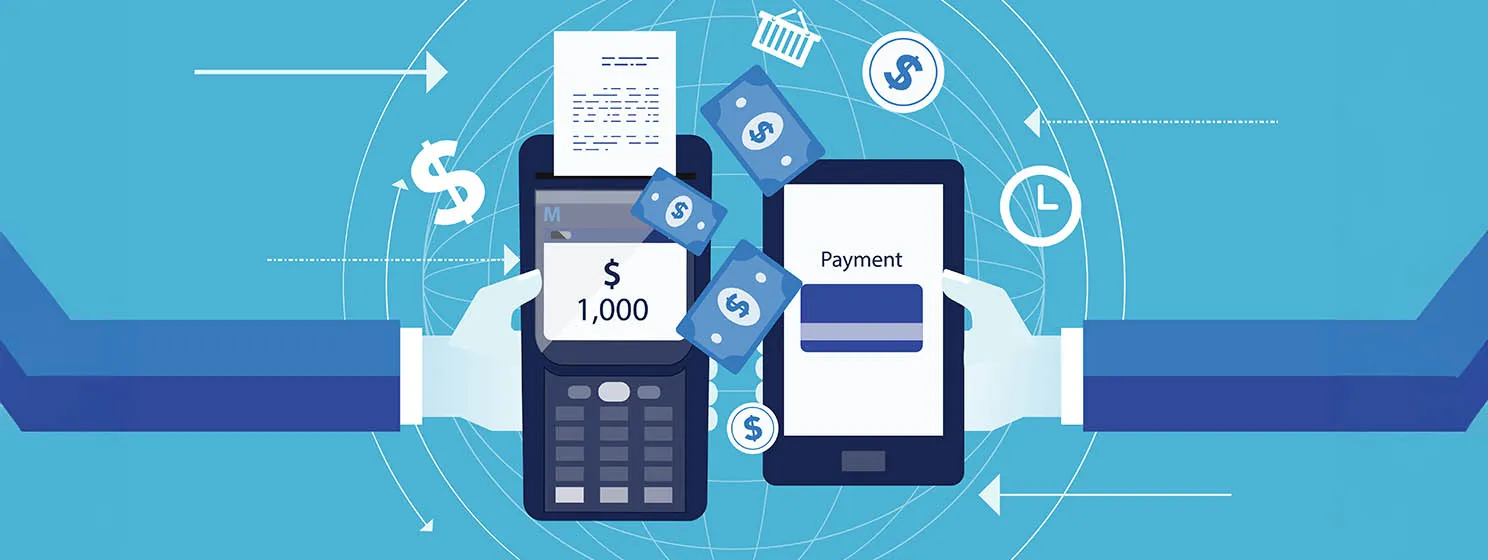
Ransomware
Russia arrests 14 members of gang behind $200M ransomware payments
The Russian intelligence service claims to have seized 20 luxury cars and digital assets from REvil, the gang behind JBS,...
Digital currency hackers camping out at Russia’s popular skyscraper: report
Suex OTC, EggChange, Buy-bitcoin.pro., and CashBank are the four companies which experts said have been laundering money through ransomware-related activity...
New US bill to bar ransomware payments above $100,000
The new bill is meant to curb ransomware attacks, requiring all businesses to report these attacks and the U.S. Treasury...
Australia’s new ransomware plan to allow freezing, seizure of digital currencies
The government of Australia has come up with a new plan to combat increasing ransomware attacks, including allowing seizure and...
White House convenes 30 countries for ransomware and cybersecurity talks
The U.S. government is doubling down on its anti-cybercrime efforts, this time meeting with NATO allies and 30 other nations...
Russia’s Suex exchange faces US sanctions over alleged ransomware payments
The U.S. government has issued a fresh round of sanctions as it cracks down on ransomware, including against a Russian...
Recent
Trending
Most Views

 07-12-2025
07-12-2025 


